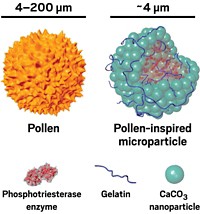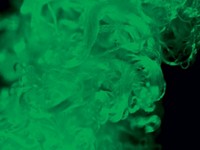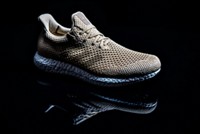Advertisement
Grab your lab coat. Let's get started
Welcome!
Welcome!
Create an account below to get 6 C&EN articles per month, receive newsletters and more - all free.
It seems this is your first time logging in online. Please enter the following information to continue.
As an ACS member you automatically get access to this site. All we need is few more details to create your reading experience.
Not you? Sign in with a different account.
Not you? Sign in with a different account.
ERROR 1
ERROR 1
ERROR 2
ERROR 2
ERROR 2
ERROR 2
ERROR 2
Password and Confirm password must match.
If you have an ACS member number, please enter it here so we can link this account to your membership. (optional)
ERROR 2
ACS values your privacy. By submitting your information, you are gaining access to C&EN and subscribing to our weekly newsletter. We use the information you provide to make your reading experience better, and we will never sell your data to third party members.
Materials
Worms With A TiO2 Diet Spin Superstrong Silk
Materials Science: Insects incorporate nanoparticles into fiber, making it stronger and more resistant to UV radiation
by Jyllian Kemsley
September 21, 2015
| A version of this story appeared in
Volume 93, Issue 37
Silk extruded by silkworms is a natural protein fiber prized for its strength and durability. But it’s not nature’s best biopolymer—spider silk is even stronger and able to stretch more before breaking, except it can’t easily be mass-produced. One way around this silky dilemma is to add titanium dioxide nanoparticles to the silkworm diet, reports a team led by Yaopeng Zhang of Donghua University, in China (ACS Sustainable Chem. Eng. 2015, DOI: 10.1021/acssuschemeng.5b00749). Zhang and colleagues were inspired by previous reports on feeding silkworms dye-containing food to yield colored cocoons. They also rationalized that feeding silkworms an additive would be easier than further processing the silk fiber. The team fed silkworms a diet containing up to 4% TiO2 by weight. The silkworms excreted most of the TiO2, but some was incorporated into the creatures’ cocoons. The silk from a 1% TiO2 diet, containing 0.005% titanium by weight, outperformed unmodified silk on a strength test and was more resistant to degradation from UV radiation. Silk from a 2% diet performed similarly to unmodified silk, and silk from higher TiO2 diets performed worse.





Join the conversation
Contact the reporter
Submit a Letter to the Editor for publication
Engage with us on Twitter